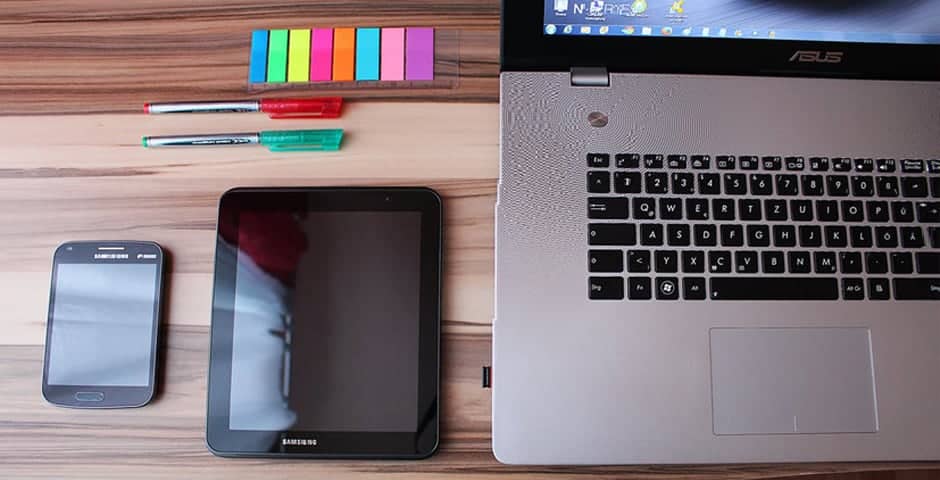5 Facts You Should Know About Your Power Bank
5 Facts You Should Know About Your Power Bank

Power banks are devices that provide extra charge for our smartphones especially when outdoor when there is no power outlet available to plug into. Typically, that’s the general fact most people know about it. Aside from being a gadget to recharge your smartphone, what else do you know about power banks?
Here are some facts that might be handy or useful so you would know how to properly use your power banks. See if you can find something that you have not yet known about this device.
Avoid recharging your phone full with power bank
Oftentimes, people just charge their smartphones full using their power bank. This practice is not practical and not advisable. That is because smartphone batteries are designed to decrease charging current when it reaches 80 to 90 percent. And since the power bank will still supply the same amount of power only to be converted to small current upon reaching the phone battery, a lot of power will just go to waste. And if you are outdoor trying to save as much power as you can, you will be losing charge earlier that you want to.
Charge faster through power bank
If the amount of charge and time is critical for you on that day, you could save a lot of both by charging in flight mode. But if you really need data and cellular signal but have to recharge at the same time, try to keep the open app to a minimum.
Some smartphones have built-in power management feature which gives you the option to minimize the running app and data consumption in the device’s system. If that is the case, use those instead of manually stopping unnecessary app in the background. This way, you can easily reach an optimum charge level and will save more of the power bank’s charge for later use.
Power bank capacity
A lot of people probably already know about this fact—that power bank’s indicated capacity is not exactly what you are getting. For example, when you buy a 10,000mAh capacity, you will only be getting somewhere around 7-8,000mAh.
Knowing that, a person must consider the charge capacity of his or her smartphone or any device before purchasing a power bank. If the phone can charge up to 3,000mAh, he should at least get a power bank with 6,000mAh (good for one charge) or a 10,000mAh (good for at least two charges).
Power bank’s lifetime capacity
For those people who are wondering how many charging cycles does a typical power bank has, the answer is around 200 cycles for a lower battery cell quality and 1000 cycles for the best ones. Therefore, it is highly advised to get the biggest battery capacity you could find with your budget to maximize charging cycles. Simplified; bigger battery capacity means more charging repetition for your gadgets and fewer recharge times for the power bank itself.
Power bank to charge all devices
Although there are already some power banks that can be used to charge devices from smartphones to bigger ones such as laptops and even LED TVs, the majority number cannot. Normally, most power banks have only 5V output capacity. That means, it can only charge small devices that have 5V or lower capacity requirement.
If you are looking for a power bank that can also recharge your laptop, you should at least find a model or unit that has 16V, 19V input requirement. Better yet, refer to your device’s manual for better identifying which voltage is most suitable for your laptop. Better be sure or damage your laptop in the process.

